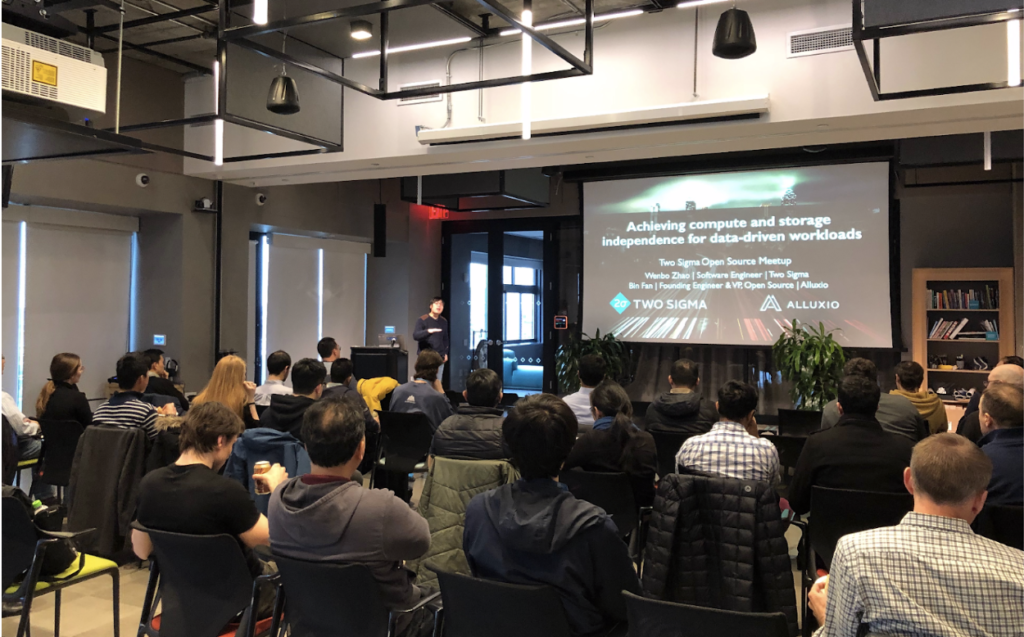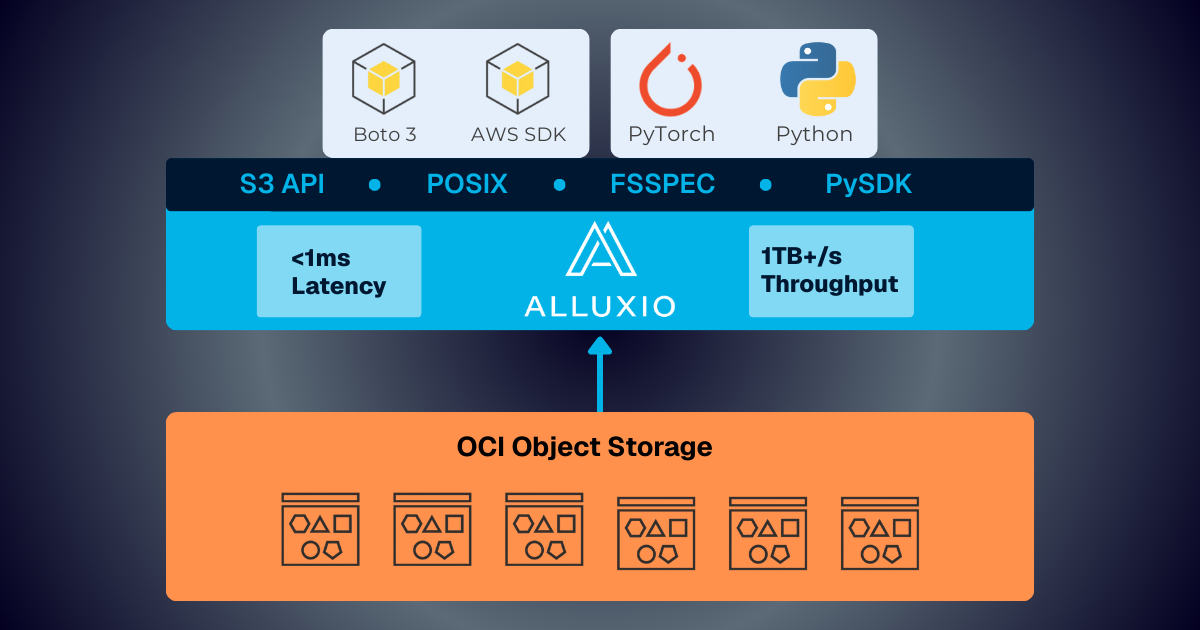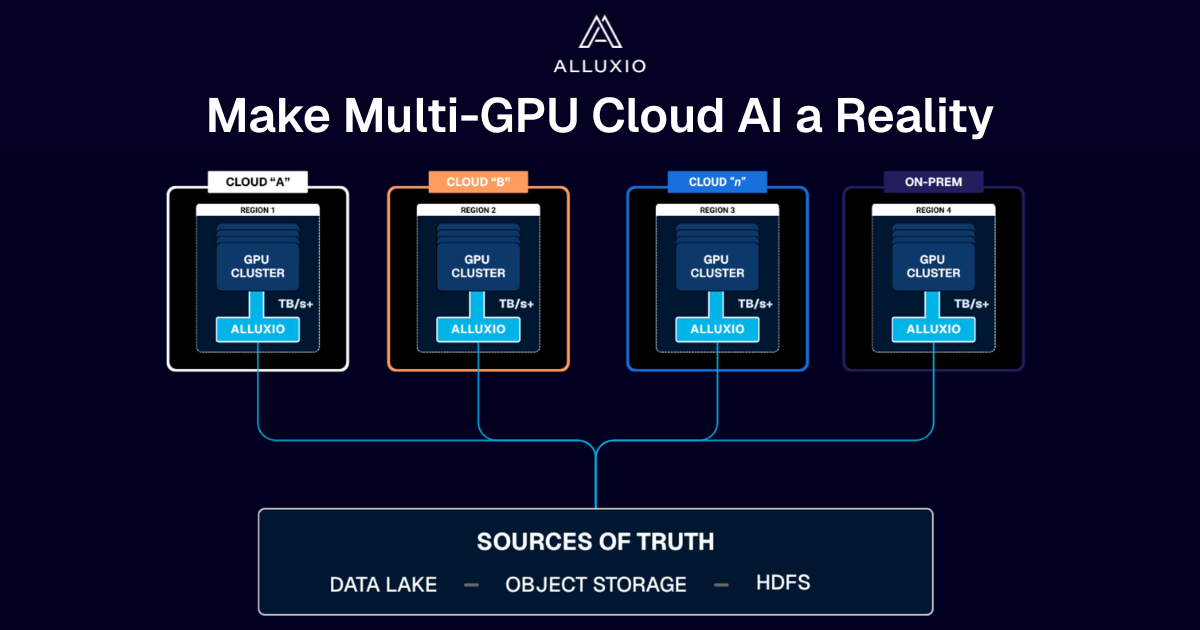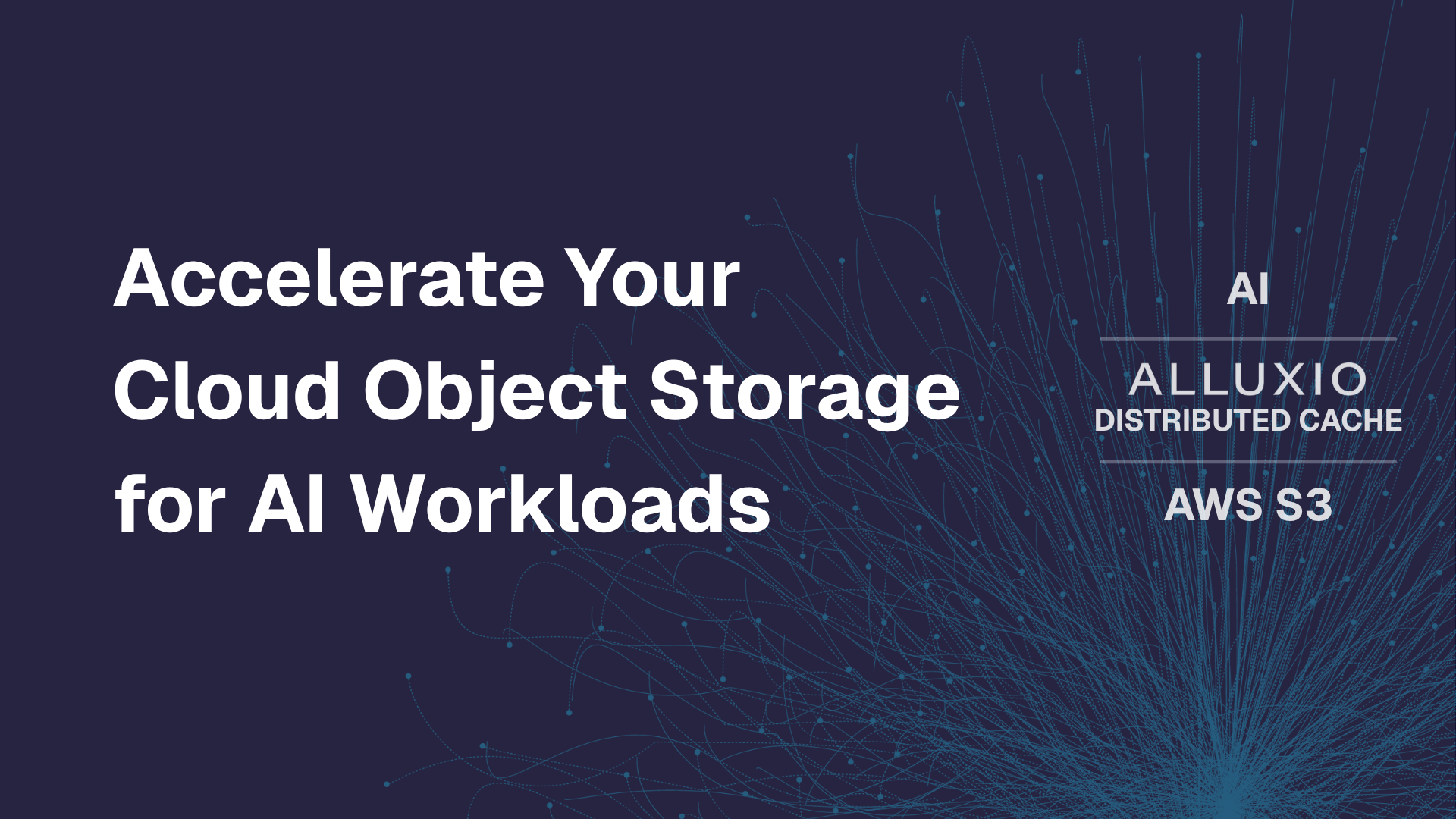Products
Two Sigma Meetup Recap: Achieving Compute and Storage Independence for Data-driven Workloads
April 12, 2019
This is a recap of the Two Sigma and Alluxio joint meetup hosted in New York. Two Sigma is a leading hedge fund that leverages cutting edge technology to train their models with petabytes of data in on-premise storage. Special thanks to Two Sigma for hosting. Here are the slides from the presentation.

In this meetup, Bin Fan from Alluxio and Wenbo Zhao from Two Sigma co-presented a reference stack (running Alluxio as a data access layer for Apache Spark) that can enable independent and separated compute and storage for big data and machine learning workloads.
Two Sigma’s use case is a great example of the benefits of this reference stack for bursting machine learning computation to the public cloud while still being able to access data stored on-premise efficiently. Their data scientists want to leverage the public cloud as a scalable and elastic computation resource to speed up the end-to-end model training process. By using Alluxio as the data access layer co-located with compute in the cloud, their researchers achieved 10x faster end to end processing, which enables them to perform more iterations on their models.
We had a great time interacting with the audience on the East coast and we look forward to the next NYC event!
To stay up to date on future events, join our meetup groups: Alluxio Open Source New York Meetup, Alluxio Open Source Bay Area Meetup.
If you are interested in hosting or presenting at a future event, please contact us at community@alluxio.com.
.png)
Blog

Alluxio and Oracle Cloud Infrastructure: Delivering Sub-Millisecond Latency for AI Workloads
Oracle Cloud Infrastructure has published a technical solution blog demonstrating how Alluxio on Oracle Cloud Infrastructure (OCI) delivers exceptional performance for AI and machine learning workloads, achieving sub-millisecond average latency, near-linear scalability, and over 90% GPU utilization across 350 accelerators.

Make Multi-GPU Cloud AI a Reality
If you’re building large-scale AI, you’re already multi-cloud by choice (to avoid lock-in) or by necessity (to access scarce GPU capacity). Teams frequently chase capacity bursts, “we need 1,000 GPUs for eight weeks,” across whichever regions or providers can deliver. What slows you down isn’t GPUs, it’s data. Simply accessing the data needed to train, deploy, and serve AI models at the speed and scale required – wherever AI workloads and GPUs are deployed – is in fact not simple at all. In this article, learn how Alluxio brings Simplicity, Speed, and Scale to Multi-GPU Cloud deployments.

